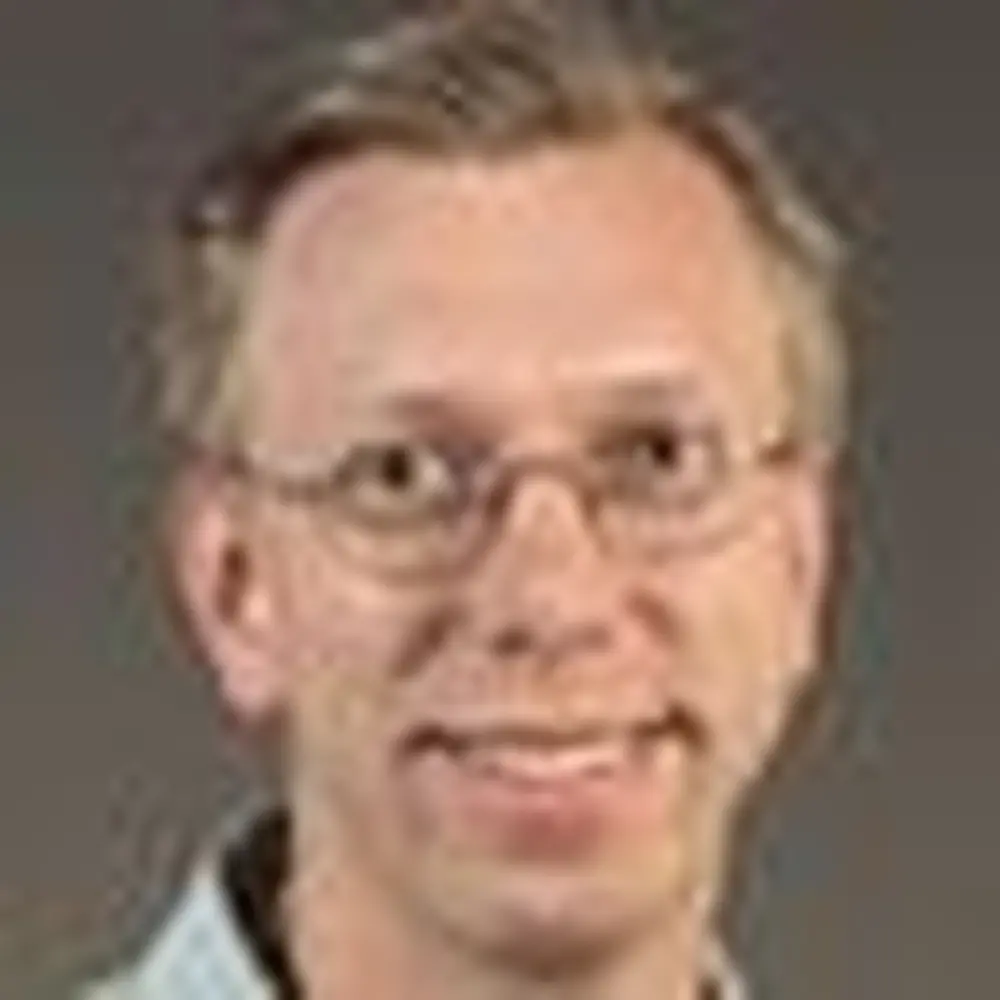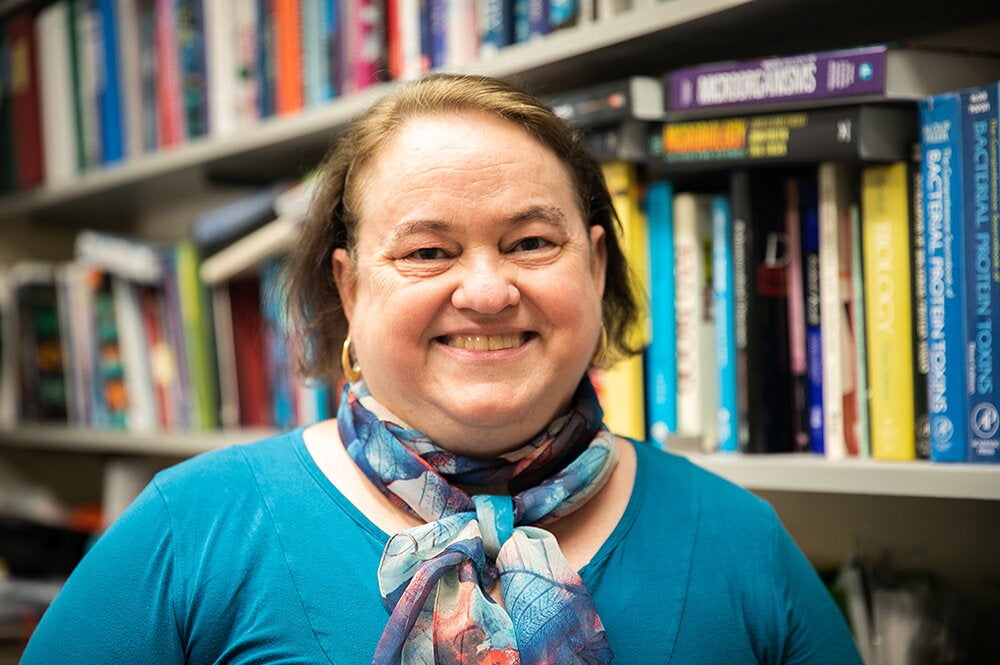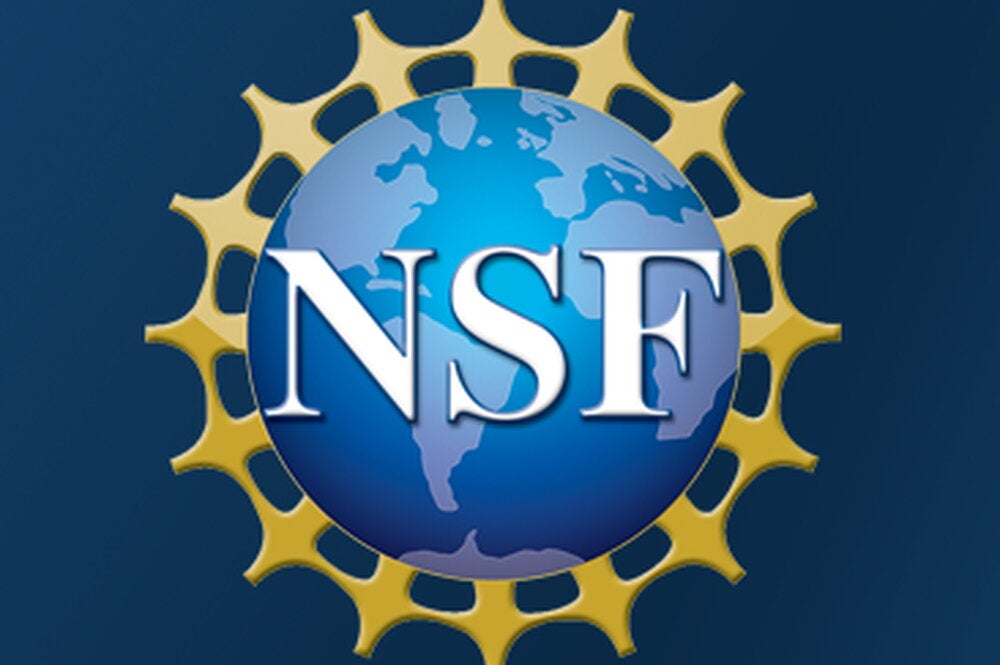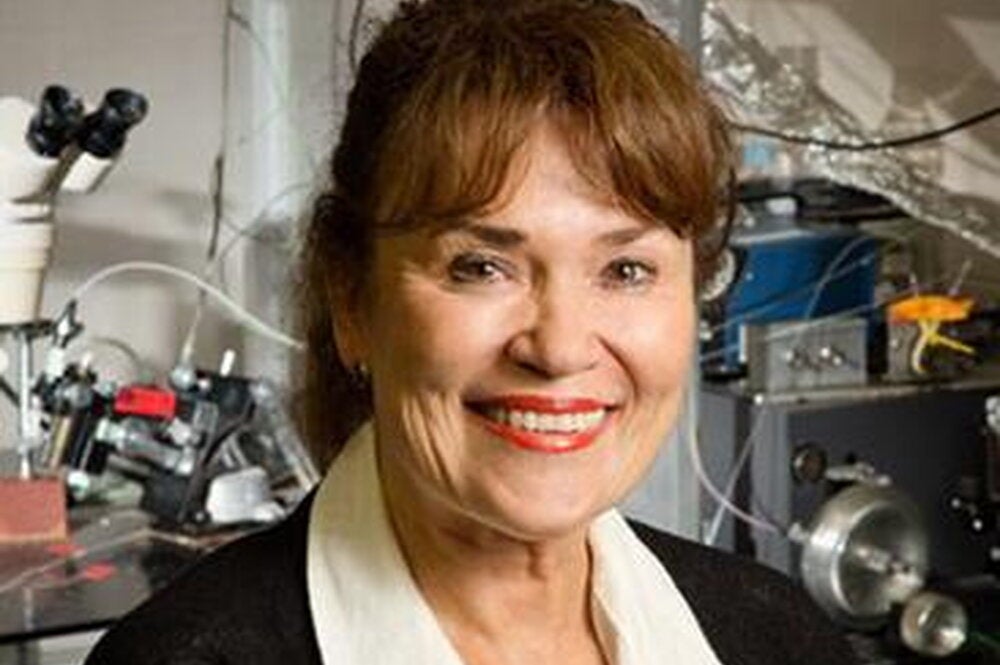
Two biomedical researchers in the College of Liberal Arts and Sciences will have significant, additional support behind their efforts after being named Howard Hughes Medical Institute (HHMI) investigators.


Phillip A. Newmark, a professor of cell and developmental biology, and Wilfred A. van der Donk, the William H. and Janet Lycan Professor of Chemistry, were among 56 scientists chosen from among 1,070 applications submitted in a nationwide competition. The 2008 investigators were selected for their ability to bring "new and innovative ways of thinking about biology to the HHMI community," says Thomas R. Cech, the president of the institute.
While individual amounts have not yet been determined, the Maryland-based institute has earmarked $600 million for the 56 investigators over their appointment's first term, which generally runs about five years. The funding, some of which will also go to the campus and department, will pay for stipends, supplies, investigator salaries, and a separate equipment budget.
"I think for anyone, being named an HHMI (investigator) is an enormous help to what you can do," van der Donk says. "The possibility to obtain new equipment alone is an enormous boost as it is always difficult to find funds for equipment."
HHMI is a private philanthropy dedicated to supporting biomedical research and science education. It works with 300 investigators and 2,000 scientific staffers at more than 60 universities, medical centers, and other research entities throughout the United States. The institute spent almost $600 million on biomedical research in fiscal year 2007.
Newmark long has been fascinated by the regenerative powers of the freshwater planarian, a flatworm that will regrow missing body parts, including brains, digestive organs, and in most cases, reproductive organs.
He has been "instrumental in establishing planarians as a model system for studying regeneration at the molecular level," according to those making the award. "(Newmark) is exploring a central question that has long intrigued biologists—what are the signals or cues that tell a cell to become a germ cell? He hopes to answer that question by studying the ways planarians develop and regenerate their germ cells."
Newmark has pioneered completely new approaches and methodologies in his research to serve a broader community, says Andrew Belmont, LAS professor of cell and developmental biology and department head.
"He and his colleagues are now well on their way toward this goal—capturing the enthusiasm of a broader community of developmental biologists who have embraced the potential of this model system for studying fundamental questions related to regeneration and stem-cell biology. We are all excited as we anticipate his laboratory's future progress in these fields that will now be greatly facilitated by HHMI funding," Belmont says.
As an HHMI investigator, van der Donk will work to identify and exploit new classes of compounds that have potential as antibiotics. He studies microbial agents that have antibiotic properties but that have so far not been developed for therapeutic use in humans. He will also make use of rich data sources, such as genome databases, to search for promising compounds.
"Although he's intensely focused on this fundamental research, which he calls an arms race with the microbes, van der Donk is equally committed to inspiring students—in both the classroom and the laboratory—to become excited about science," HHMI officials wrote in announcing the award.
Chemistry department head Steven Zimmerman called van der Donk one of the country's leading chemical biologists.
"He combines a sharp eye for critical problems with a deeply analytical and creative mind that produces unique solutions," Zimmerman says. "The HHMI award will give him the freedom to tackle some very important and challenging problems already under way in his laboratory, such as developing new antibiotics to treat drug-resistant infections."
Zimmerman adds that van der Donk will also be able to initiate new projects in cell biology, including one potentially offering new insights into the malaria life cycle in human cells.
Two other U of I faculty members have received HHMI awards in the past. In LAS, chemistry professor Yi Lu was named an HHMI professor in 2002. Physics professor Taekjip Ha became an HHMI investigator in 2005. The campus has received numerous educational grants from the institute, beginning in 1993.


